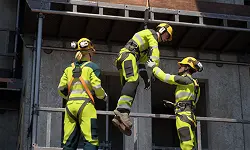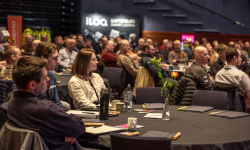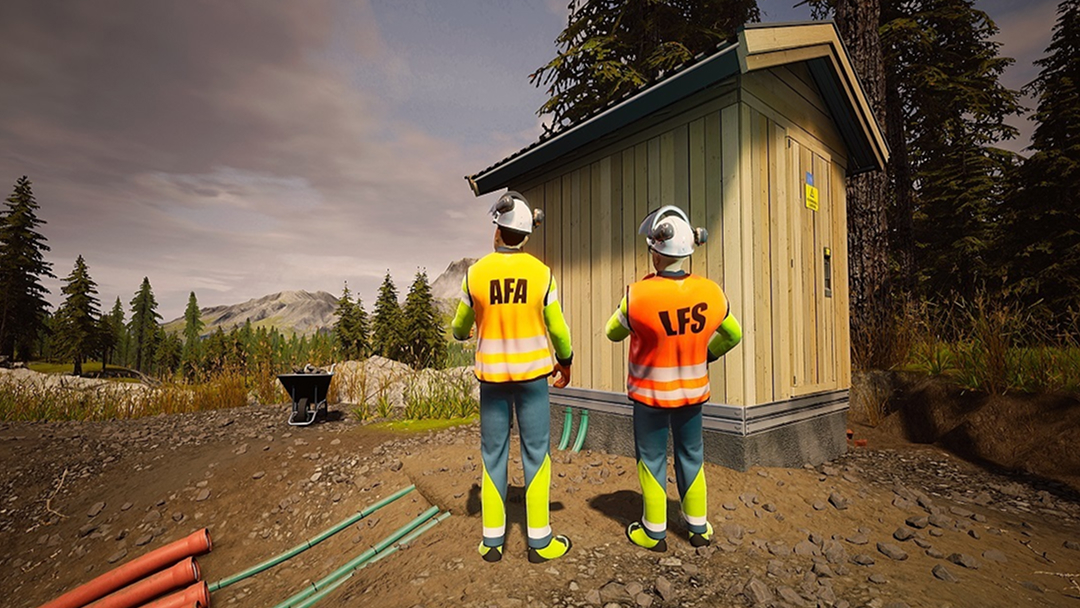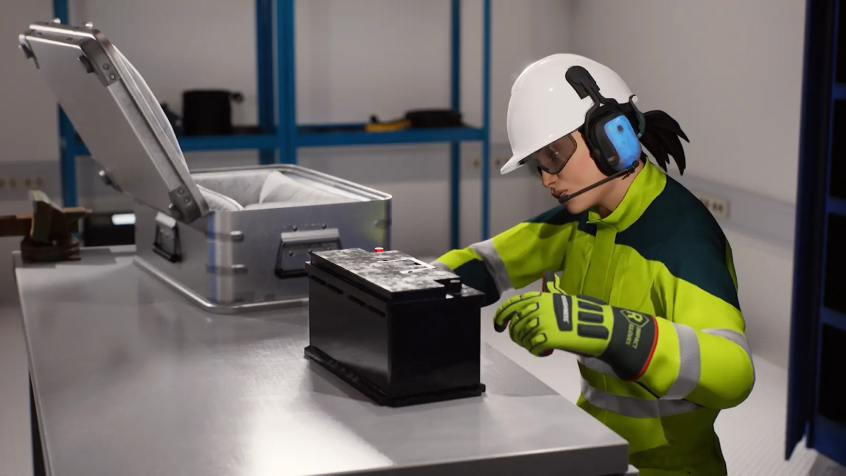Hello,
One more question for a confused Englishman in Norway if that is OK...
Could someone please explain 823.543.3.1 (and related extra Norway-specific point in 701.411.3.2.6.02)? I picked up the English version of NEK 400 2010 which although outdated is a useful aid to me in understanding the 99% that is the same as 2014, so I have a good translation, but dont understand why.
The general teaching in UK is you dont go round connecting isolated pieces of metal to earth, and certainly not any pastic! :)
For example - I am renovating a bathroom in my house which is a 1988 construction einbolig, I believe IT nett (three-phase, 230V between phases, no neutral, although earth is provided by the supply cable from the distribution and not a local ground electrode). Finished new bathroom will have all plastic drainage, plastic (rør-i-rør) water supply (I will replace old copper pipes), new heating cables in concrete screed with membrane over the top, one circuit with JFA supplying heating cables, light and outlet. So there are no extraneous conductive parts (annen ledende del).
In UK I would satisfy the requirements to not install supplementary bonding (701.411.3.2.6.01) and I would not earth a metal shower drain grate just as I would not earth the taps, shower head, toilet roll holder, or a saucepan in my kitchen...
But seems in Norway, at least on IT nett, this is not OK? I must earth metal shower drain grates???
I believe the only main earth bonding I have is to the incoming water copper pipe (all other earth cables at my main earth terminal are for final circuits), so I do not have main bonding to the inside of the plastic drains (and I dont know how or why one would do this, although I have read about a 'tjømemuffa' but dont know what it is yet!). So I would not satisfy all the main bonding requirements of 701.411.3.2.6.01, and therefore must follow 701.411.3.2.6.02. I dont have any extraneous conductive parts to earth, but would have to earth the shower drain grate, even if plastic?
So is this correct? As I renovate this bathroom (and others in the future) I must earth all the drain grates one by one (unless I can find a way to earth the inside of the main drain pipe somewhere near where it exits the house? Seems very strange to me. Then why not basin and bathtub drain plugs (also plastic drainage), taps, etc etc?
Thanks again to anyone who can help.
 SystemerTjenester
SystemerTjenester ForumOm oss
ForumOm oss Norsk
Norsk

 Norsk
Norsk

















